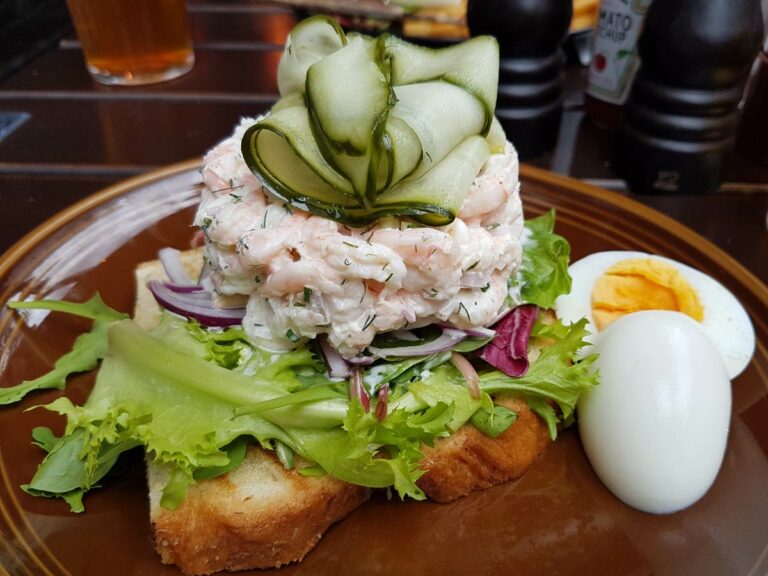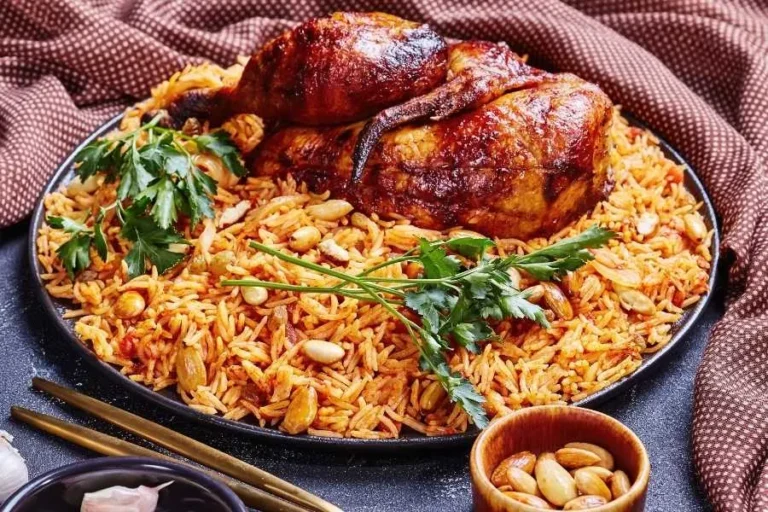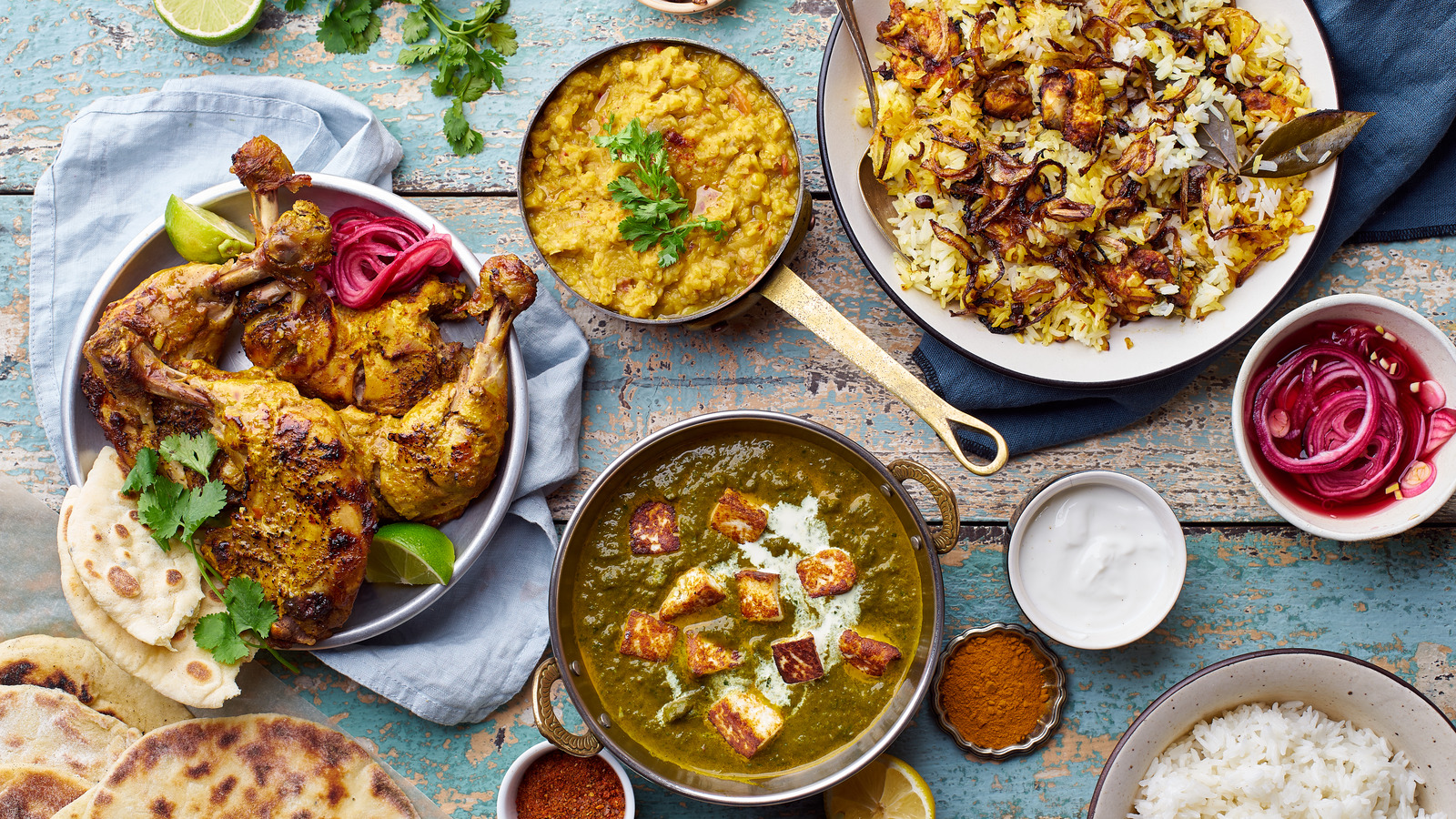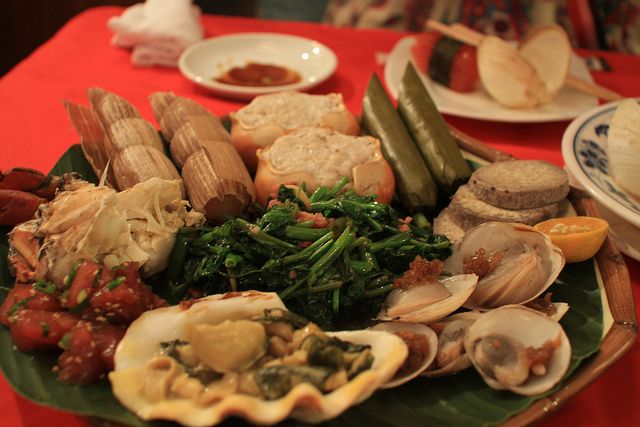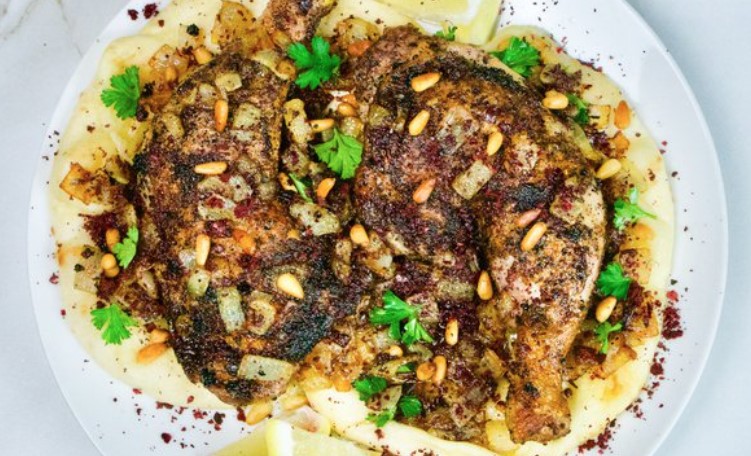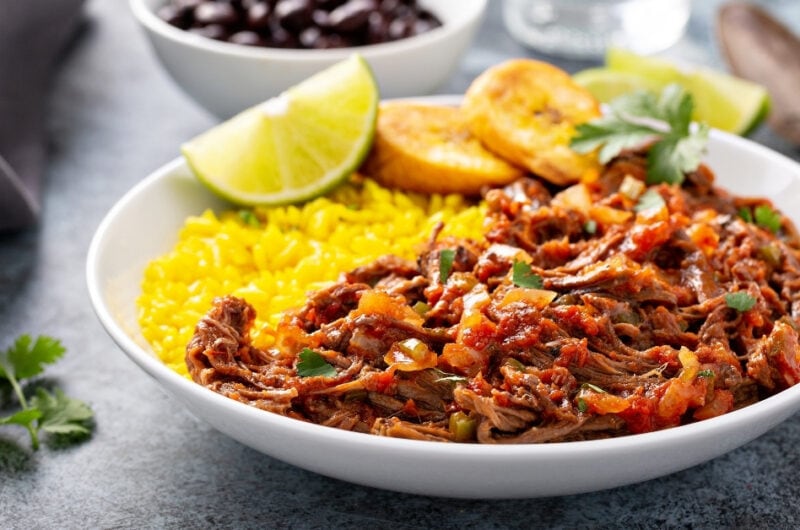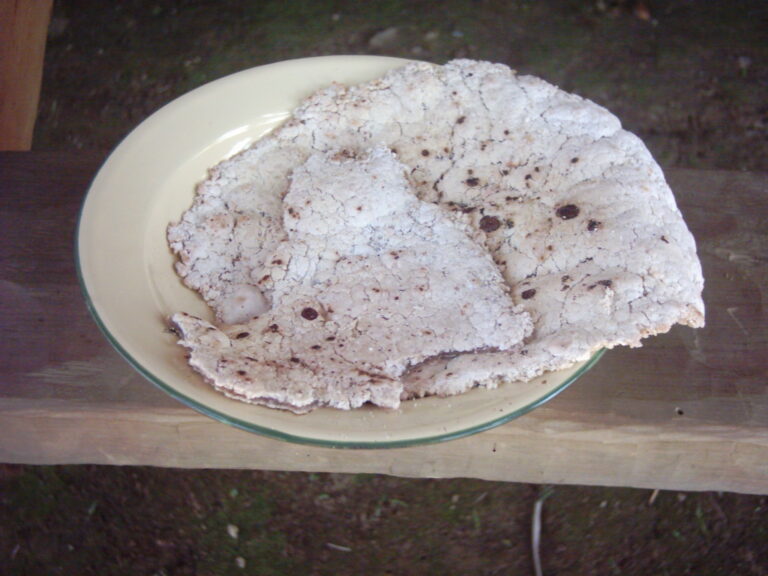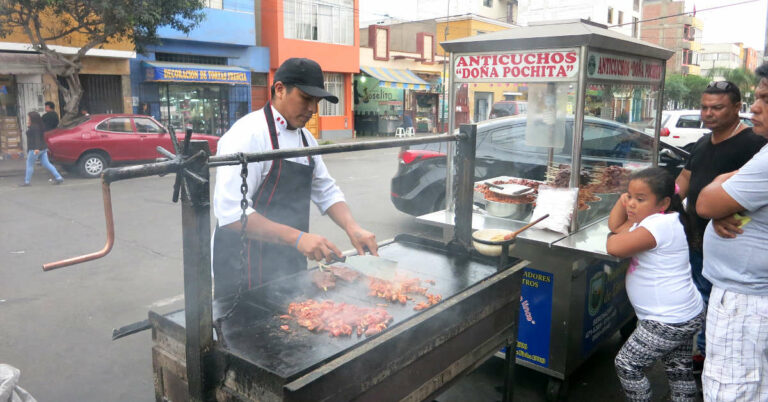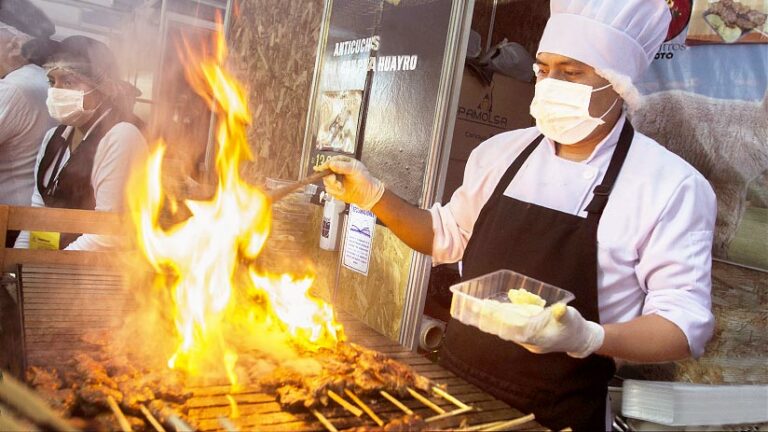Introduction: Norwegian cuisine
Norwegian cuisine is a product of the country’s geography and climate, which includes long coastlines, mountains, and cold winters. Norwegian cuisine is known for its emphasis on seafood, game, and traditional fermented foods. However, there are many unique cooking techniques that are used in Norwegian cuisine, which sets it apart from other cuisines.
Local ingredients and traditional dishes
Norwegian cuisine is heavily influenced by local ingredients, which include fish, meat, berries, and vegetables. Some of the most well-known traditional dishes in Norway include lutefisk, rakfisk, and flatbread. Lutefisk is a dish made from stockfish that is soaked in lye for several days before being cooked, while rakfisk is fermented fish that is eaten raw or cooked. Flatbread is a type of bread that is made from whole grain flour and baked on a griddle or in a frying pan.
Traditional cooking techniques
In addition to using local ingredients, Norwegian cuisine also employs a variety of traditional cooking techniques. These include boiling, roasting, smoking, and fermenting. Boiling is used to cook fish and meat, while roasting is used to cook game and poultry. Smoking is used to preserve fish, meat, and cheese, while fermenting is used to create traditional foods such as rakfisk and surströmming (fermented herring).
Unique cooking methods in Norway
There are several unique cooking methods that are used in Norwegian cuisine. One of these is grilling fish on a plank, which is a traditional method that involves cooking the fish on a wooden plank over an open flame. Another unique cooking method is steaming fish in a special pot called a kjele, which is a large, round pot that is commonly used in Norwegian households. Kjele cooking is a low and slow method that results in tender and flavorful fish.
Preservation techniques in Norwegian cuisine
Preserving food is an important part of Norwegian cuisine, and there are several preservation techniques that are commonly used. One of these is salting, which is used to preserve fish and meat. Another technique is pickling, which is used to preserve vegetables and fish. Fermenting is also a common preservation technique, as it allows foods to be stored for long periods of time without spoiling.
Conclusion: The diversity of Norwegian cuisine
Norwegian cuisine is diverse and rich in flavor, thanks to the country’s unique geography, climate, and history. From traditional dishes like lutefisk and rakfisk to unique cooking methods like grilling fish on a plank, Norwegian cuisine is full of surprises. Whether you’re a fan of seafood, game, or fermented foods, there is something for everyone to enjoy in Norwegian cuisine.

